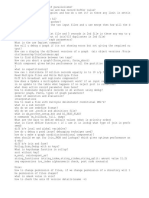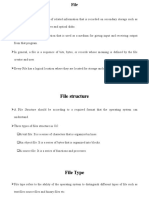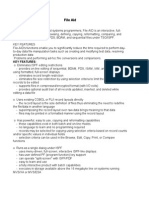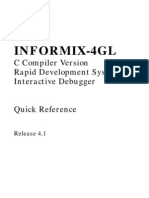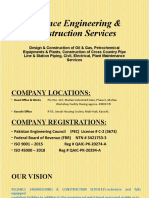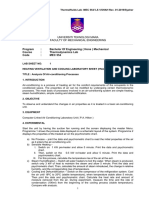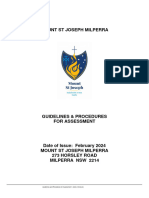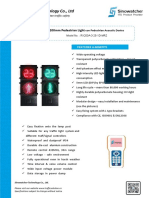0% found this document useful (0 votes)
18 views5 pagesMetaprogramming
The document outlines various functions for file and record manipulation, including reading files, retrieving file information, and creating record formats. It describes how to list directory contents, read record formats, and manage transformation rules and fields. Additionally, it provides examples of how to use these functions to manipulate data structures effectively.
Uploaded by
santukrmandal4Copyright
© © All Rights Reserved
We take content rights seriously. If you suspect this is your content, claim it here.
Available Formats
Download as DOCX, PDF, TXT or read online on Scribd
0% found this document useful (0 votes)
18 views5 pagesMetaprogramming
The document outlines various functions for file and record manipulation, including reading files, retrieving file information, and creating record formats. It describes how to list directory contents, read record formats, and manage transformation rules and fields. Additionally, it provides examples of how to use these functions to manipulate data structures effectively.
Uploaded by
santukrmandal4Copyright
© © All Rights Reserved
We take content rights seriously. If you suspect this is your content, claim it here.
Available Formats
Download as DOCX, PDF, TXT or read online on Scribd
/ 5











